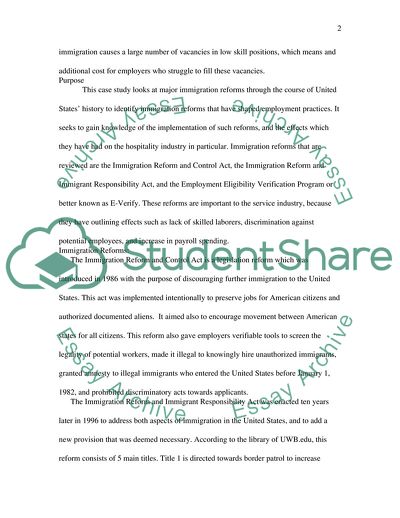Cite this document
(Immigration Reforms and the Effects on the Service Industry Case Study, n.d.)
Immigration Reforms and the Effects on the Service Industry Case Study. Retrieved from https://studentshare.org/social-science/1778690-a-case-study-of-immigration-reforms-and-the-effects-on-the-service-industry
Immigration Reforms and the Effects on the Service Industry Case Study. Retrieved from https://studentshare.org/social-science/1778690-a-case-study-of-immigration-reforms-and-the-effects-on-the-service-industry
(Immigration Reforms and the Effects on the Service Industry Case Study)
Immigration Reforms and the Effects on the Service Industry Case Study. https://studentshare.org/social-science/1778690-a-case-study-of-immigration-reforms-and-the-effects-on-the-service-industry.
Immigration Reforms and the Effects on the Service Industry Case Study. https://studentshare.org/social-science/1778690-a-case-study-of-immigration-reforms-and-the-effects-on-the-service-industry.
“Immigration Reforms and the Effects on the Service Industry Case Study”. https://studentshare.org/social-science/1778690-a-case-study-of-immigration-reforms-and-the-effects-on-the-service-industry.


